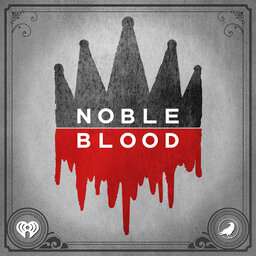The Myth and Making of Lawrence of Arabia
Most people know of the famous "Lawrence of Arabia" thanks to the iconic imagery of the Oscar-winning film. But far fewer people know of the real man behind the myth, who fought for Britain and for the Arab Revolt during World War I and became a folk hero in the process.
Support Noble Blood:
— Bonus episodes, stickers, and scripts on Patreon
— Noble Blood merch
— Order Dana's book, 'Anatomy: A Love Story' and its sequel 'Immortality: A Love Story'
 Noble Blood
Noble Blood


